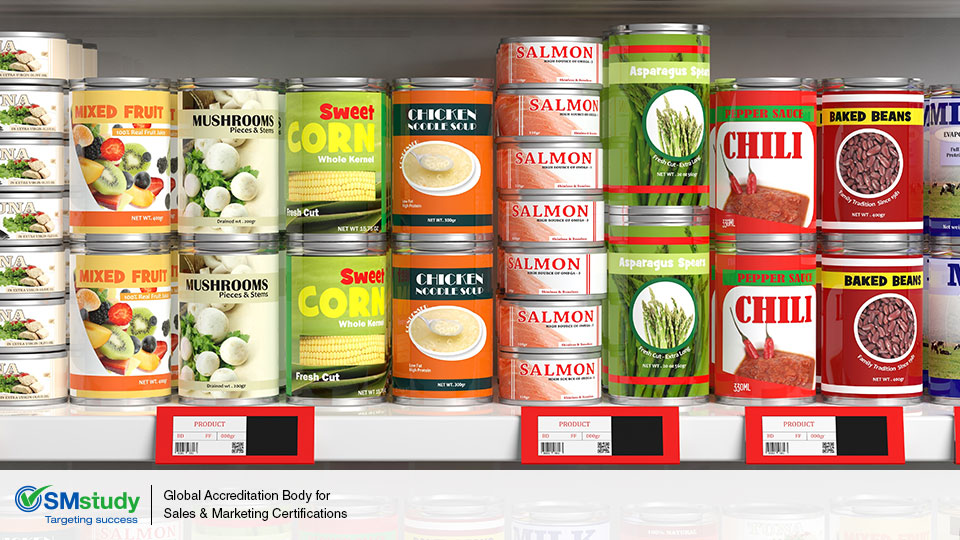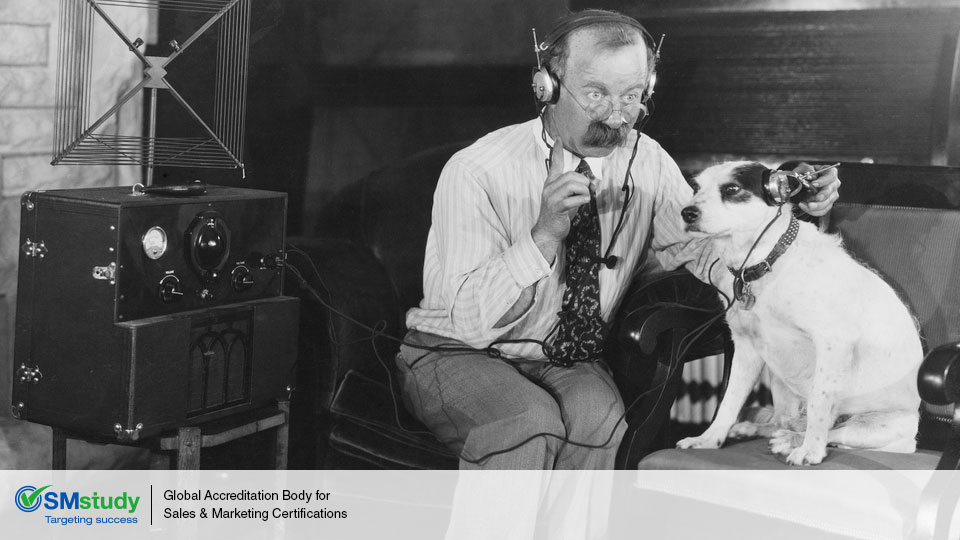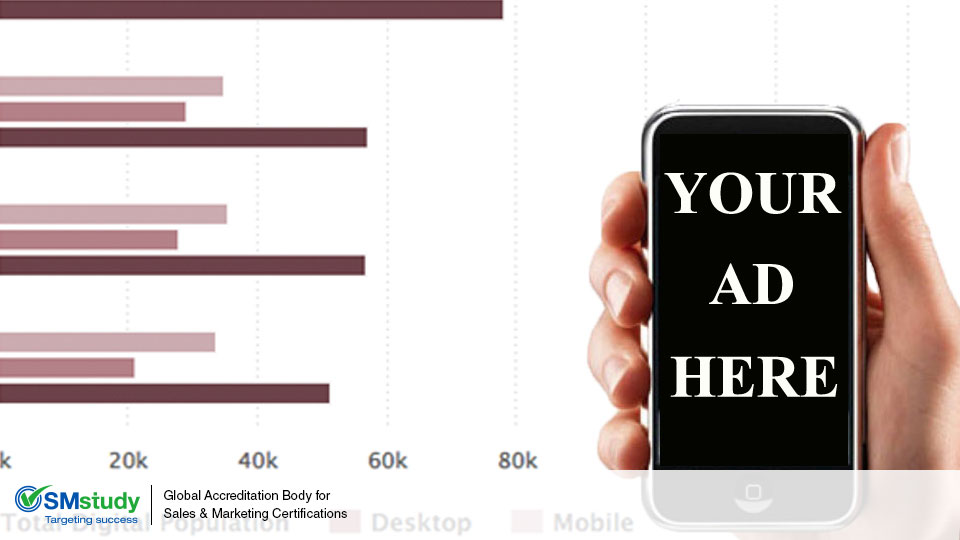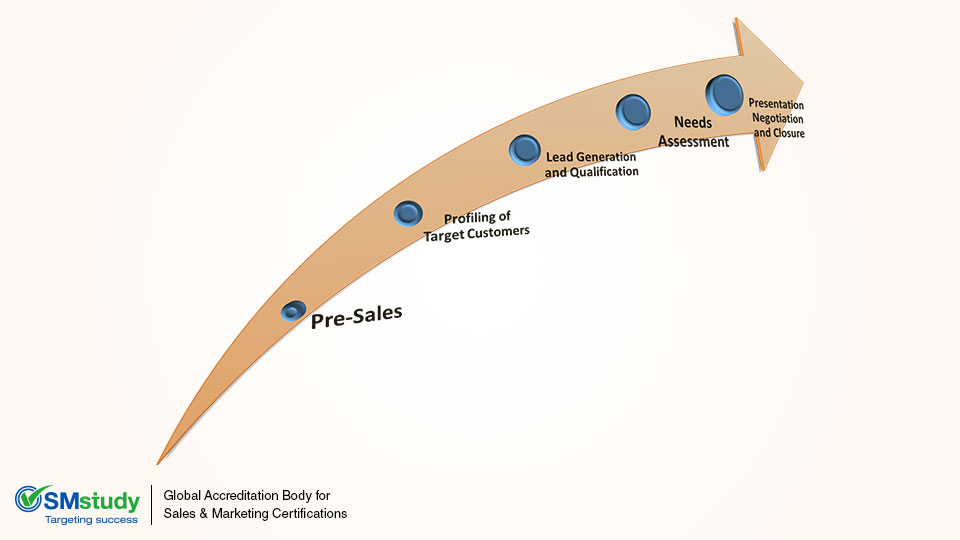“I wandered in and out of the brilliant stacks of cans following you…”
– Allen Ginsberg, “A Supermarket in California”
When potential customers “wander in and out of the brilliant stacks of cans,” what sets your product apart from all of the others on the shelf? What makes buyers begin following you?
Is it the need that you meet? Or the value proposition you offer? Is it your product’s packaging? Or placement on the shelf? Is it the reputation of your company that shines a special spotlight on your offering? If your answer is, “Yes,” then you’re ready for a trip into the sometimes puzzling world of creating a product’s differentiated positioning. Grab your cape, Alice; you never know what you’ll run into down the rabbit hole.
A well-planned and executed differentiated positioning of a product sets it apart and attracts buyers. The process of creating a differentiated positioning “involves creating a positioning statement that clearly articulates, in a succinct sentence, how the company wants the customers in its selected target markets to perceive its products,” says Marketing Strategy, book one in theSMstudy™ Guide series.[1]
In our previous article, “What Turns a Ford into a Lincoln,” we looked at the use of features to set one product apart from another, to make it attractive to targeted market segments. This same list of features is used when writing the positioning statement. In this blog we consider the influence of the target segment itself and customer feedback on preparing that “succinct sentence.”
Once your company has completed the process of selecting a target segment, it will have “detailed information…, such as specific wants and needs, customer personas, segment size, and so forth,” according to Marketing Strategy. The company then can “analyze the target segment information to determine areas where it has, or can, create a competitive advantage when positioning its products.”
Where does a company get a clear statement of the “specific wants and needs” of their potential customers? From customer feedback, of course. “But, they’re potential customers!” someone is saying, “How can we get feedback from customers that aren’t customers, yet?” There are ways down this rabbit hole.
One way is to use industry benchmarks and Key Performance Indicators (KPI). “Comparing the company’s performance against industry benchmarks and KPIs helps prevent a company from focusing its positioning efforts on creating differentiators that are of little importance to customers in the industry,” the SMstudy™ Guide says. Your potential customers will have significant similarities with others in the targeted segment for similar products.
Closely related to benchmarks and KPIs, are existing marketing research reports. Your company or an industry group may have already conducted research that is relevant. “This research can help identify the best possible product features and associated product positioning based on how purchase intentions vary with changes to particular product characteristics. Furthermore, analyzing customers’ attitudes toward competitors’ products provides additional insights into how well the positioning strategies of competitors are working, and whether there are some gaps in their positioning that the company can exploit,” says the SMstudy™ Guide.
Another way is to talk to your company’s present customers. “No one can articulate your strengths better than your clients,” writes Cidnee Stephen in her article “How to Differentiate Your Business from the Competition.”[2]
As the SMstudy™ Guide puts it, “Understanding the customer experience and obtaining customer feedback about a company’s existing products (a concept referred to as the “Voice of the Customer”) helps a company to determine the positioning of its products. Such customer feedback includes improvement suggestions, compliments, and complaints.” Your company has probably been collecting feedback of this nature through post-purchase surveys, product registration processes, and the “Contact Us” tab on its website. This data is usually reviewed through a product or service improvement filter. Now is the time to look at that data with a filter emphasizing positioning.
Product piloting and conducting focus groups are two additional ways to collect feedback on a product or service that is not yet in wide distribution.
Our trip seems to use product and company differentiation interchangeably. Does that make sense? Down this rabbit hole, it does. The two are membrane on membrane close. The differentiated positioning of the company as a whole should guide all positioning of the company’s products and services.
Does this article say it all about creating differentiated positioning? Absolutely not! In fact, the part of our treatment of this topic will discuss using SWOT Analysis (Strengths, Weaknesses, Opportunities and Threats).
As good as back talk can be, so can a good SWOT across the backside … or at least, across the corporate office!
For more interesting and informative articles on sales and marketing, visit SMstudy.
[1] The SMstudy™ Guide is available at http://www.smstudy.com/SMBOKGuide.
[2] Cidnee Stephen. “How to differentiate Your Business from the Competition.” Bplans; Starting a Business Made Easy. Retrieved on 4/5/16 from http://articles.bplans.com/how-to-differentiate-your-business-from-the-competition/#.VwLfWKs56mM.linkedin











